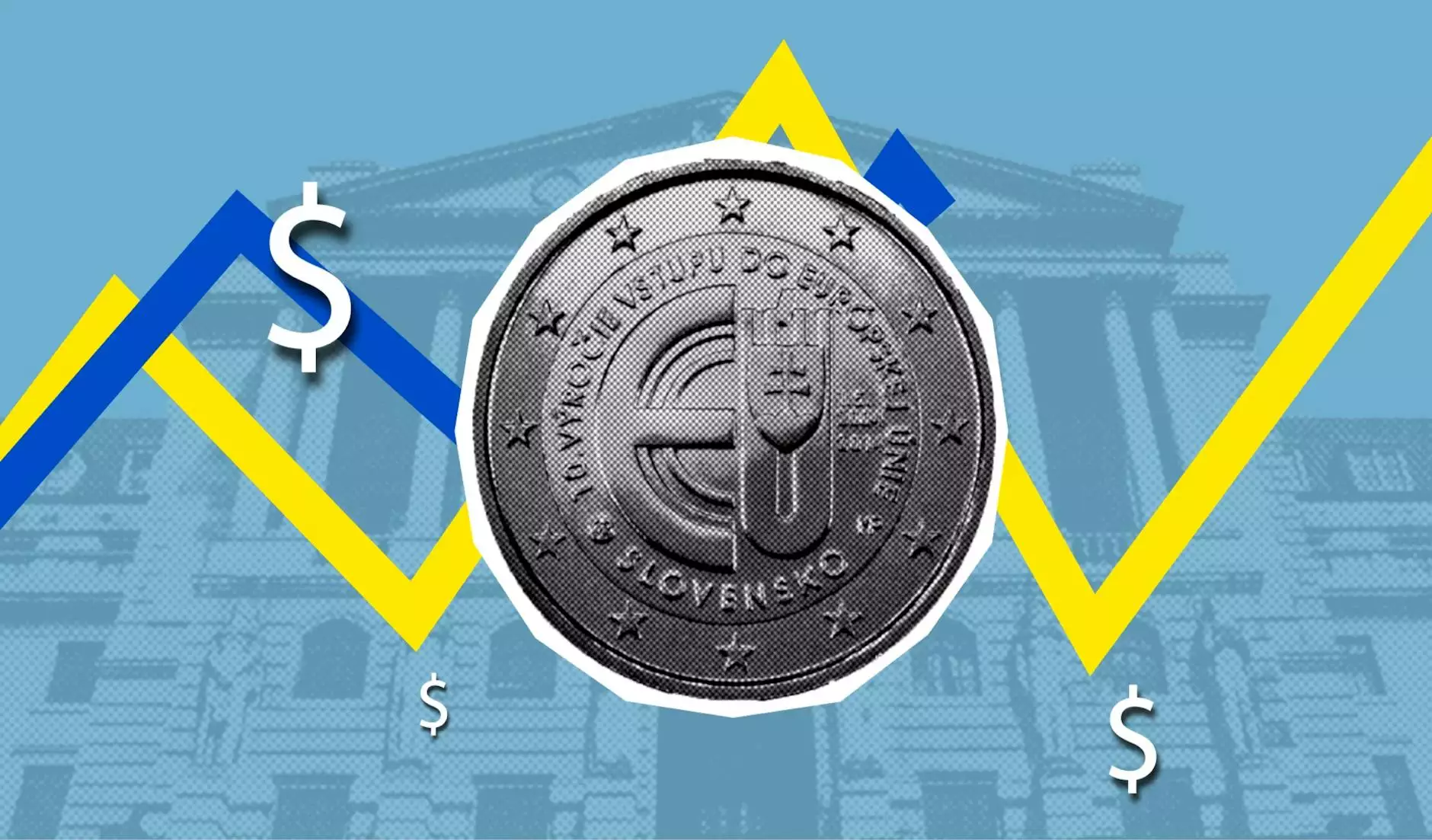How Long Does It Take To Recover From Spondylolisthesis?
Health
Welcome to Ageless Wisdom Magazine, your go-to source for all things related to healthy living and well-being. Today, we aim to address a common concern in the field of orthopedics - the recovery time for spondylolisthesis.
Understanding Spondylolisthesis
Spondylolisthesis is a condition that affects the spinal column, where one vertebra slips forward or backward onto the bone below it. This can lead to various symptoms, including lower back pain, leg pain, numbness, and muscle weakness. If you have been diagnosed with spondylolisthesis, it is essential to understand the recovery process and its associated timelines.
The Recovery Timeline
Recovering from spondylolisthesis is a journey that requires time, patience, and proper treatment. It is crucial to note that every individual's recovery timeline may vary based on factors such as the severity of the condition, overall health, age, and adherence to treatment plans. However, we can provide you with a general overview of the recovery timeline for spondylolisthesis:
1. Initial Healing (0-6 weeks)
During the initial healing phase, it is vital to rest and limit physical activities that may strain the spine. Your doctor may recommend wearing a back brace or using assistive devices to provide support and stability. Physical therapy sessions and gentle stretches may also be included to enhance mobility and flexibility without aggravating the condition.
2. Strengthening and Rehabilitation (6-12 weeks)
After the initial healing phase, you will gradually begin to introduce targeted exercises and physical therapy to strengthen the muscles supporting the spine. This phase aims to improve stability, range of motion, and function. Your healthcare professional will closely monitor your progress and make necessary adjustments to the rehabilitation plan based on your individual needs.
3. Return to Activities (3-6 months)
By this stage, you should experience significant improvement in pain levels and overall mobility. With your doctor's guidance, you can gradually return to your normal daily activities, including work, sports, and recreational pursuits. However, it is important to continue following proper ergonomics, maintaining good posture, and avoiding activities that may strain the spine excessively.
4. Long-Term Management (6+ months)
Spondylolisthesis is a chronic condition, meaning long-term management is crucial for maintaining a pain-free lifestyle. While the recovery timeline mentioned above encompasses the initial phase, it is important to continue with exercises, physical therapy, and other strategies recommended by your healthcare professional. This long-term management aims to prevent recurrence, manage symptoms, and promote overall spinal health.
Factors Affecting Recovery
It's important to note that the recovery timeline mentioned above is a general guideline, and individual experiences may vary. Several factors can influence the recovery process, including:
- The severity of spondylolisthesis
- Overall health and fitness levels
- Age and underlying medical conditions
- Compliance with treatment plans and therapy sessions
- Rehabilitation adherence and effort
It is crucial to work closely with your healthcare professional to develop a personalized treatment plan that addresses your specific needs, taking these factors into account.
Conclusion
Now that you have a better understanding of the recovery timeline for spondylolisthesis, you can approach your recovery journey with confidence. Remember that recovery is a gradual process, and patience is key. With proper care, commitment to therapy, and a positive mindset, you can regain a pain-free lifestyle and resume your daily activities.
If you have any further questions or concerns about spondylolisthesis recovery, consult your healthcare professional or reach out to Ageless Wisdom Magazine - your trusted source for lifestyle advice. We are here to support you on your journey to a healthier and happier life.




